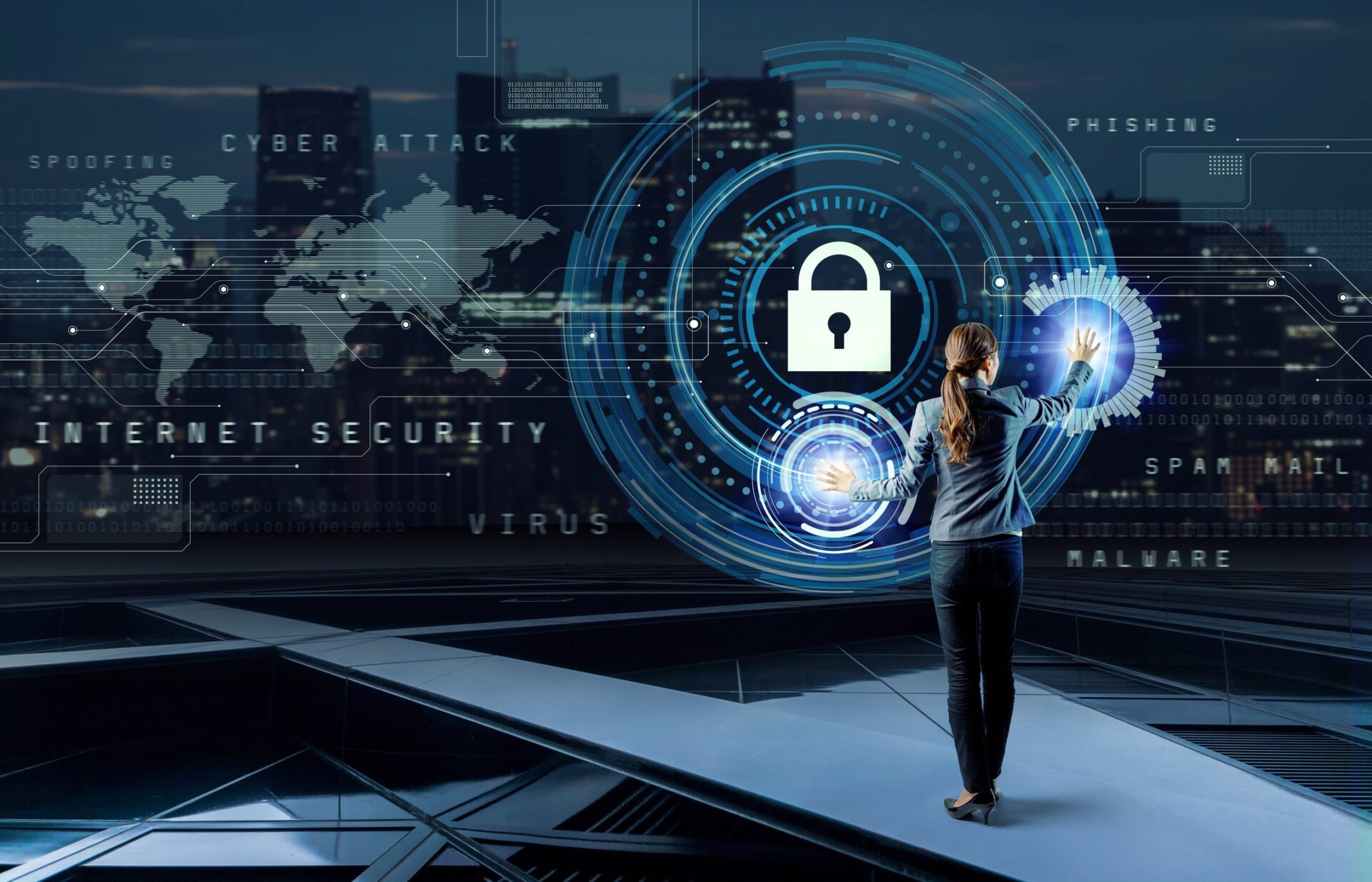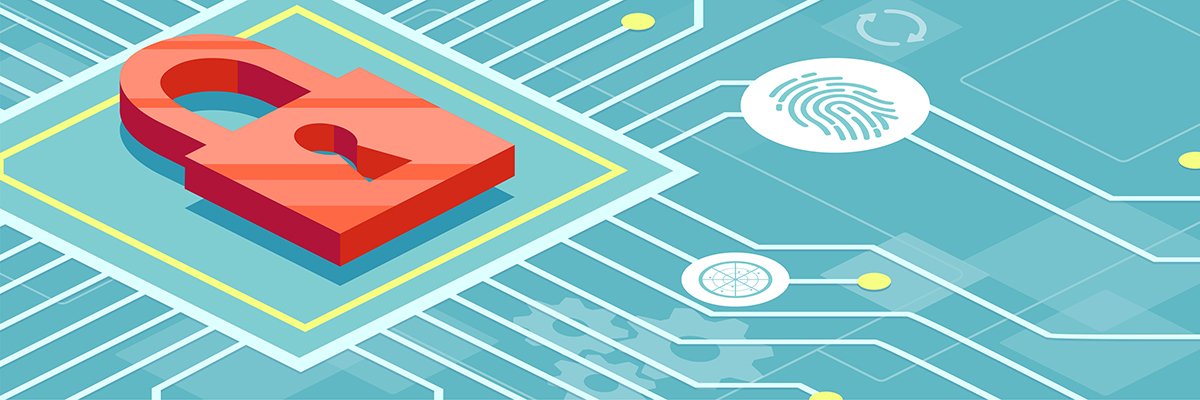 On International Women’s Day, I’m proud to celebrate nearly one year of our Women in Cybersecurity series. We launched the series to connect women in the industry and to spotlight their stories with hopes to increase representation in the field. It’s been a great year of interviews with security experts and leaders, including company founders, CEOs, researchers, and CISOs, sharing their stories, tips, and resources.
On International Women’s Day, I’m proud to celebrate nearly one year of our Women in Cybersecurity series. We launched the series to connect women in the industry and to spotlight their stories with hopes to increase representation in the field. It’s been a great year of interviews with security experts and leaders, including company founders, CEOs, researchers, and CISOs, sharing their stories, tips, and resources.
If you haven’t already, I hope you check out the series as every episode is informative and inspiring. My hope was to make the content available in anyone’s preferred format; you can read the blog posts, watch the short videos for highlights, and listen to the full audio recordings of the interviews, and I hope you have as much fun hearing these stories as we had doing these shows! Don’t forget to subscribe so you never miss a show since there is much more to come!
Here are some of my personal experiences along with key takeaways and highlights from the shows.

 New tools are proliferating to secure data wherever it lives. Six data security trends—ranging from AI washing to new data security platforms—are in the forefront for 2023.
New tools are proliferating to secure data wherever it lives. Six data security trends—ranging from AI washing to new data security platforms—are in the forefront for 2023. Identity’s place in the attack chain is driving the shift of identity responsibility from IT operations teams to security teams to look into passwordless, digital IDs, platforms, and more.
Identity’s place in the attack chain is driving the shift of identity responsibility from IT operations teams to security teams to look into passwordless, digital IDs, platforms, and more. Encryption is a foundational element of cybersecurity. Organizations should implement encryption to counter the ever-growing threat of data breaches.
Encryption is a foundational element of cybersecurity. Organizations should implement encryption to counter the ever-growing threat of data breaches.